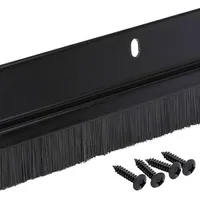5 ways to winterize your home and save money on your energy bills
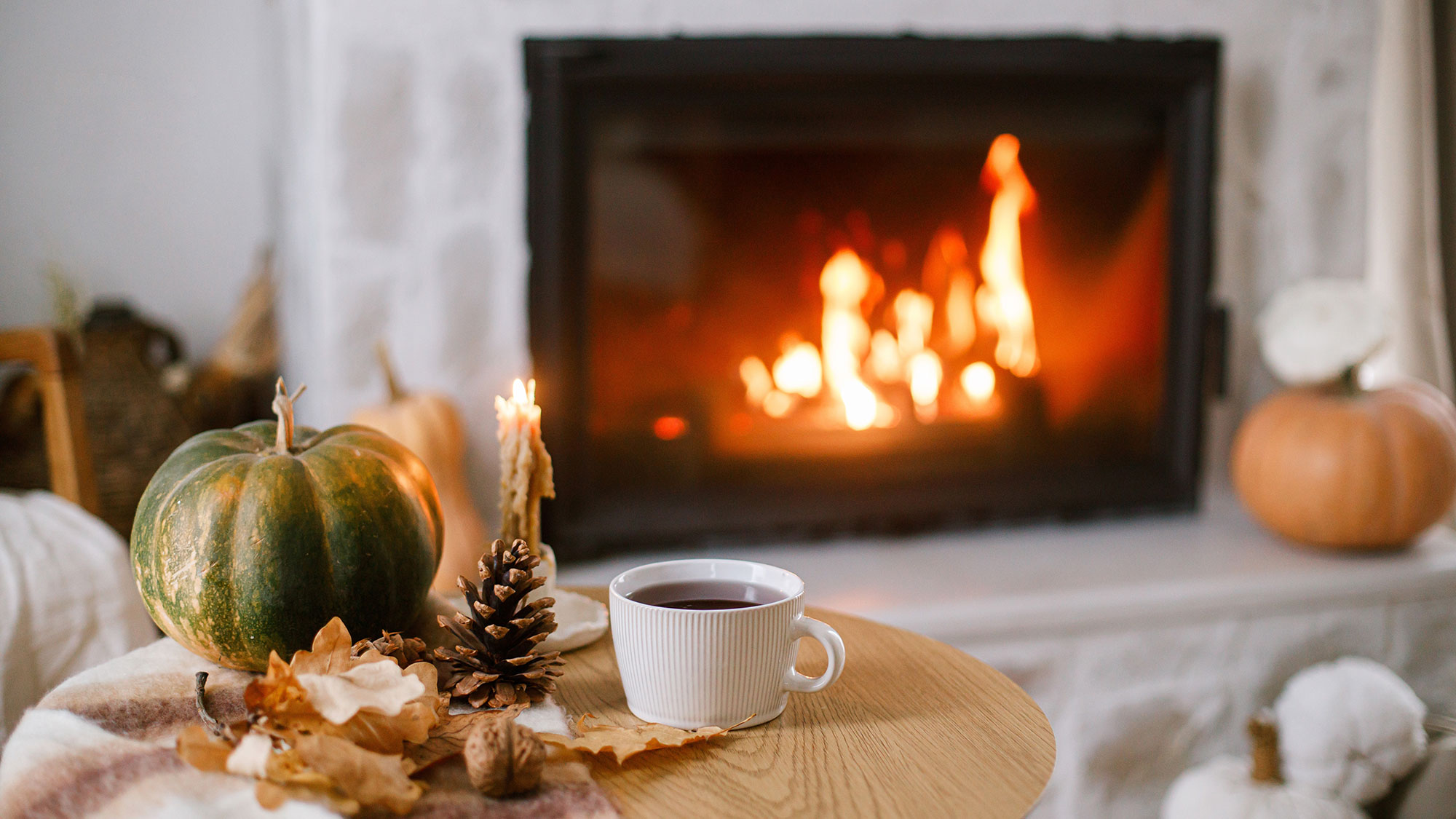
It seems like no time at all between opening your windows wide to embrace the sun’s warmth and closing them tight to keep out the draughts. So, before the cold weather bites, it’s best to plan ahead and be prepared for the inevitable winter chill.
By taking steps to winterize your homes before the temperature plummets, you’ll be one step ahead of being more energy efficient and saving money on your energy bills. Rather than seeing energy go to waste as it escapes through poorly insulated doors and windows, you’ll enjoy a warm and comfortable winter.
We asked the experts to share their top 5 tips on preparing your home for the colder months, so you can stay warm and in control of your energy usage.
1. Insulate, insulate, insulate
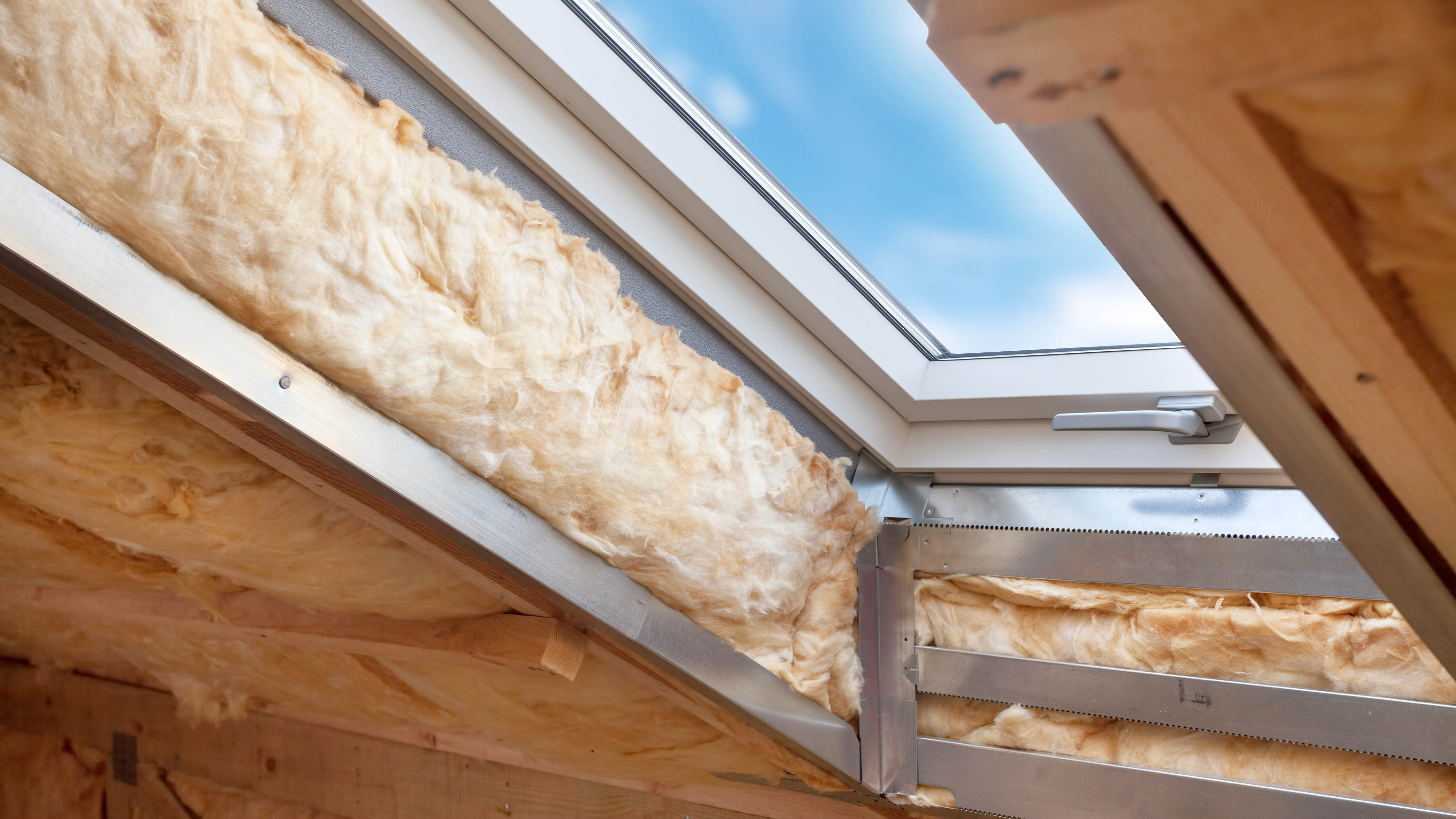
Ensuring your home is properly insulated will keep the warmth in and the cold out.
You should consider insulating your attic, walls, and crawl spaces if they are not already insulated. A well-insulated home can significantly lower your heating bills and improve your overall comfort.
The Energy Saving Trust says that if your home is uninsulated, you could be losing around 25% of heat through your roof. From personal experience, I know this is the case.
I live in an older property, and when I first moved in over 20 years ago, I was surprised to find the attic was the warmest space in the whole house. With inadequate attic insulation, the warm heat was rising, making the top of the house the coziest place. We quickly invested in some insulation, which we installed ourselves, and it helped keep the heat exactly where we wanted it.
Get instant access to breaking news, the hottest reviews, great deals and helpful tips.
Besides insulating your attic space, the Energy Saving Trust recommends insulating your pipes and hot water tank. The added insulation layer will save you money on your energy bills and protect your pipes from bursting if the temperature drops below freezing. It’s especially worth winterizing your outside pipes, which are more at risk of bursting.
2. Seal windows and doors
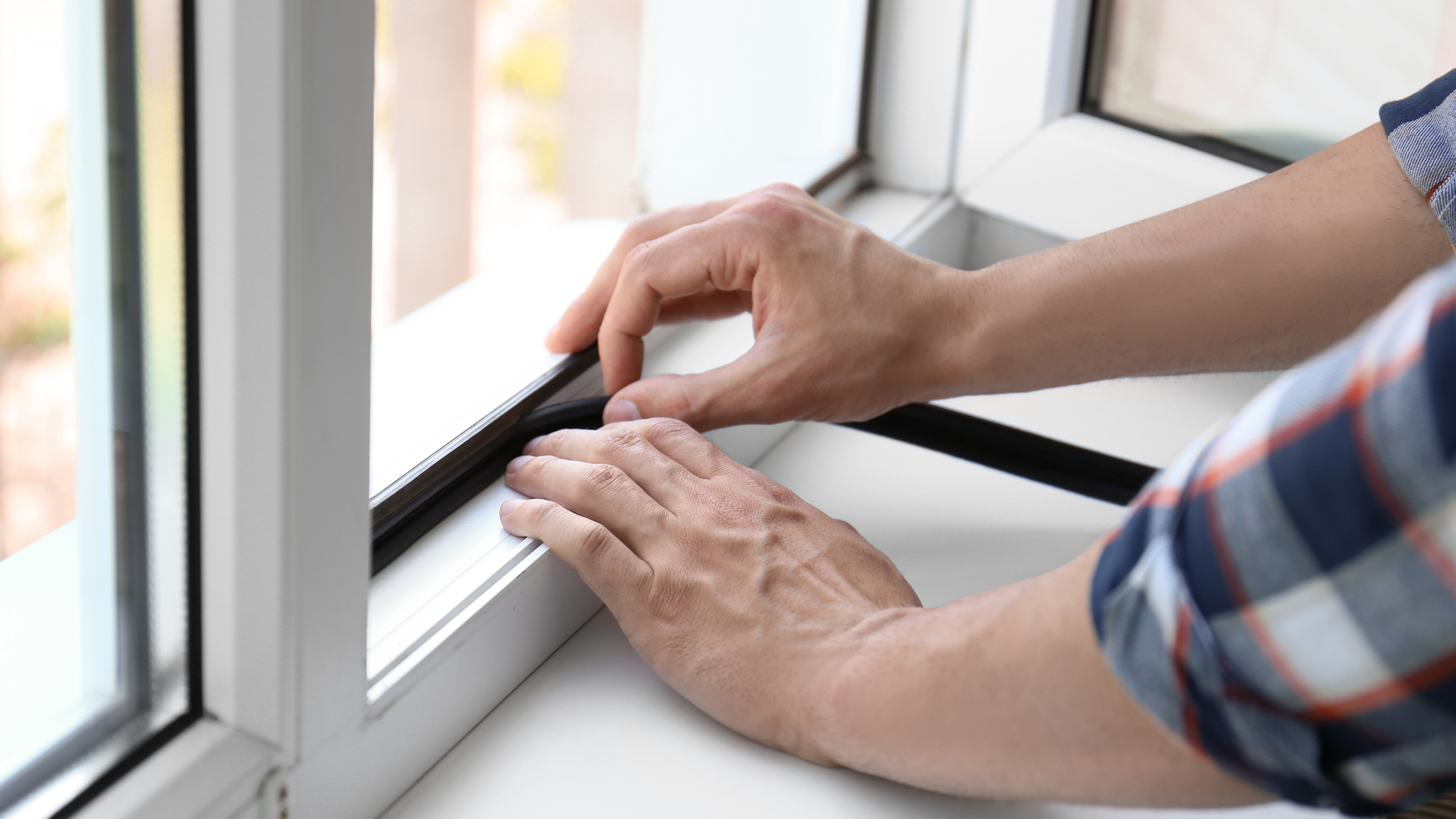
According to the U.S. Department of Energy, windows are responsible for up to 30% of heat loss, which is a lot of heat potentially going straight out the window!
Ryan Calvert, product expert at Hiatt Hardware explains that draughts leak cold air into your home leading to warm air escaping. This forces your heating system to work harder, raising energy bills and increasing carbon emissions. Investing in draught-proofing measures, such as storm guards and self-adhesive weather strips, can prevent warm air from scarpering.
If applying weather strips, Calvert advises buying the correct width that is sufficiently wide enough to protect from the draught but not too wide to prevent your window from closing correctly.
For non-opening windows, you can insulate them with silicone sealant or apply a window film, which is shrunk into place with a hair dryer.
Calvert suggests running your hand around the window frame, or using a lighter to detect airflow — if the flame flickers, you’ve found a draught.
It's also a good idea to install window shutters , which can add an extra layer of insulation. They can also help to reduce noise pollution and improve your home’s appearance.
However, when insulating windows, be aware of having some time in the day to let fresh air circulate, as otherways, it could be one way you're encouraging mold in your home. Calvert says this will reduce the problem of condensation build-up leading to mold growth.
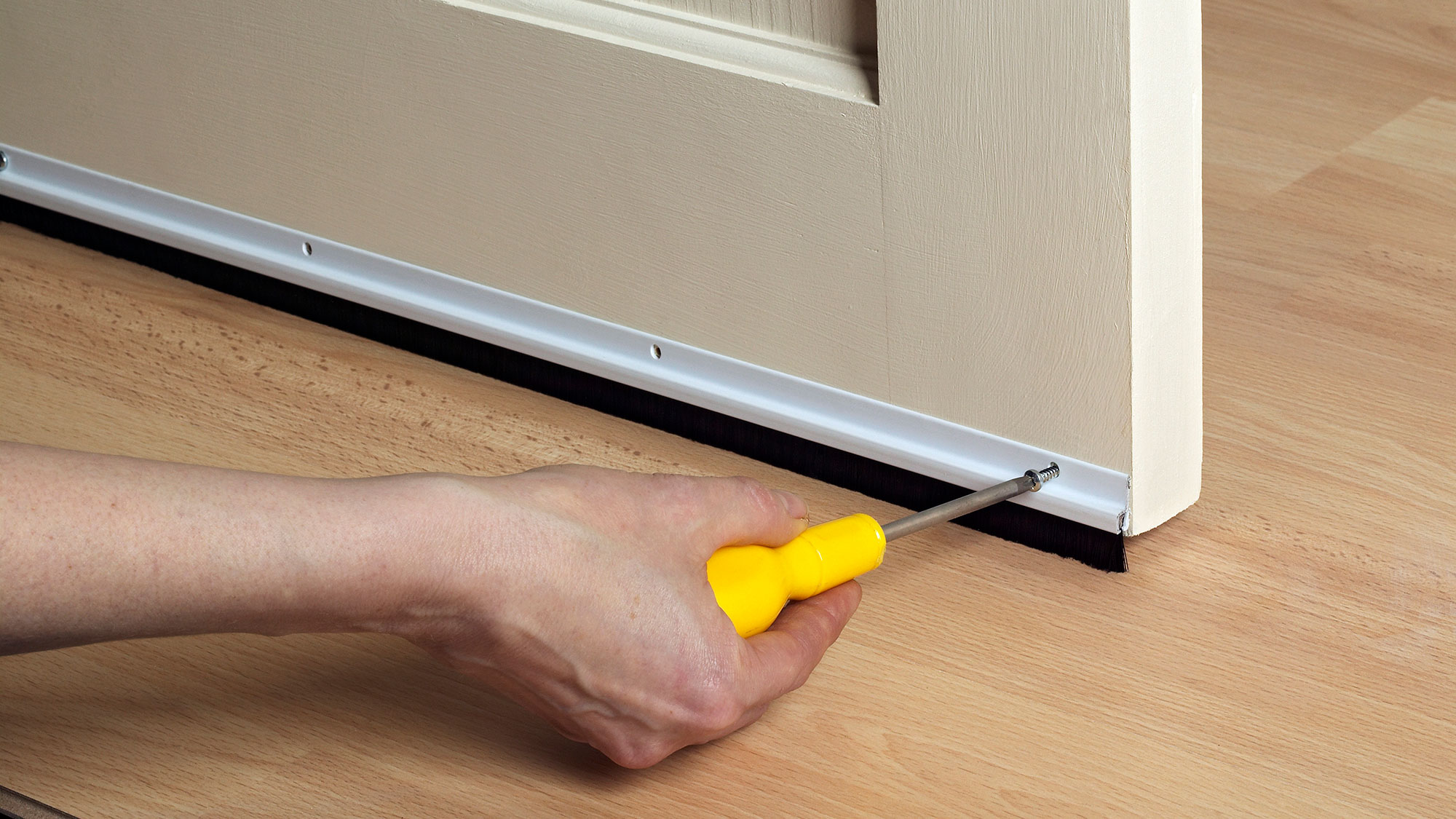
Just like your windows, external doors have plenty of potential gaps for warm air to escape. Calvert says, "Start by applying self-adhesive draught-proofing strips around the edges of the door, just as you would with windows."
Then, when tackling the gap at the bottom of the door, he suggests installing a door brush or door seal to prevent any unwanted warm air from getting outside.
Randall Manufacturing Co Door Sweeps: was $36 now $29 @ Amazon
These aluminium and vinyl brush sweeps are designed for gaps up to 1 inch deep on external doors, helping to keep in heat and seal off dirt and dust. The door sweeps are designed with pre-drilled holes and accompanying screws to make installation easy.
3. Maintain your heating system

Who hasn’t fallen foul of turning on their heating system to find it doesn’t work, and then find that every heating engineer is booked?
It's important to ensure your heating system is maintained and ready to do its job during the winter months, so it's worth having checked before the cold weather hits, ensuring it will run efficiently.
Regular maintenance can help prevent breakdowns and extend the life of your heating system; therefore, booking a boiler service before the cold weather strikes will save you a headache later.
4. Cover gaps in floors
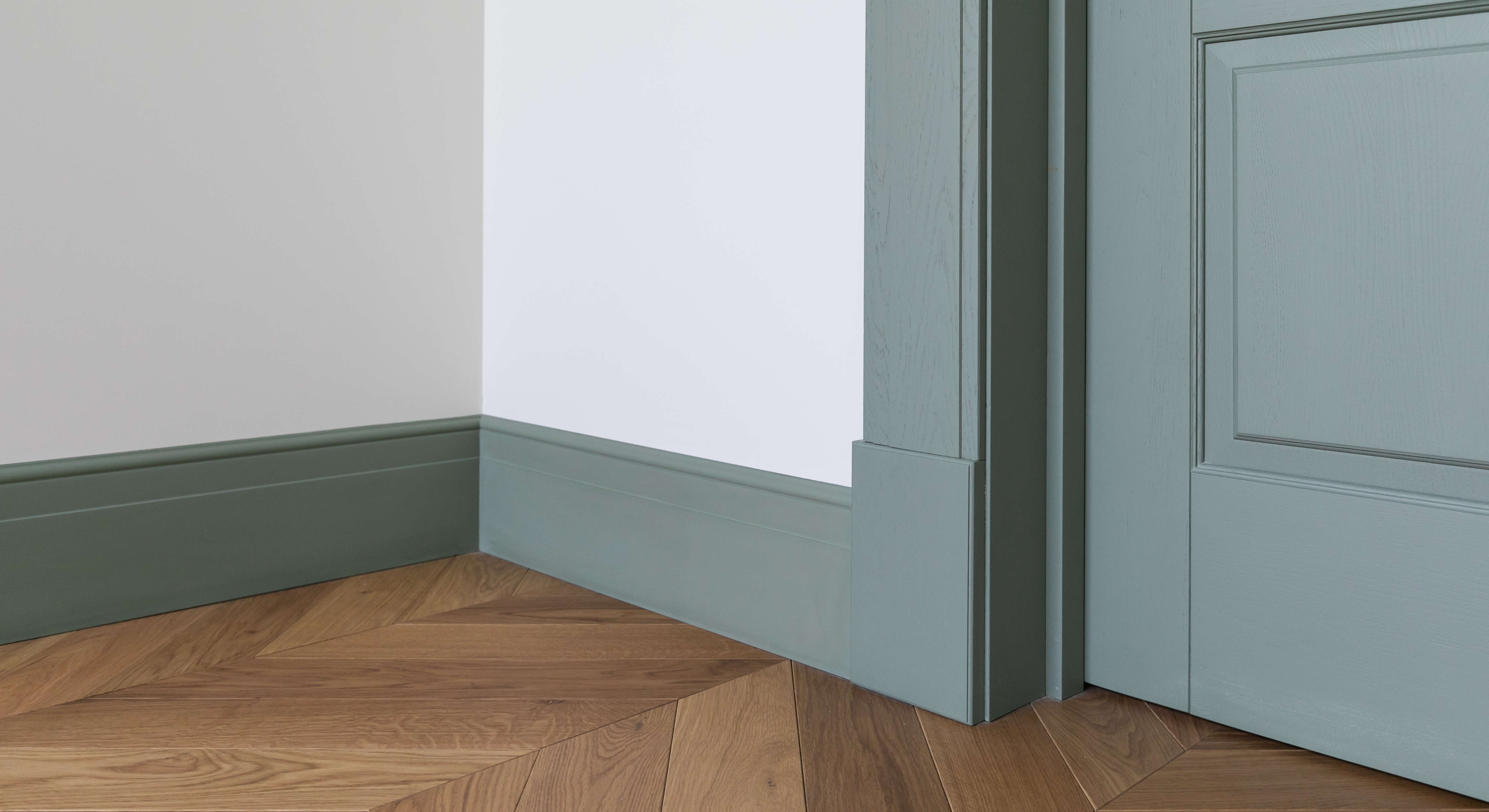
"Baseboards and floorboards can expand and contract with temperature changes, leading to gaps that let in cold air," explains Calvert. To keep the cold air out, he recommends applying hard-setting fillers that are flexible enough to tolerate movement such as mastic sealant or decorator’s caulk.
"The beauty of these fillers is that they don’t have to clash with your decor, as they come in a variety of colors and the decorator’s caulk can be stained to match your interiors," he adds.
5. Cover your mailbox
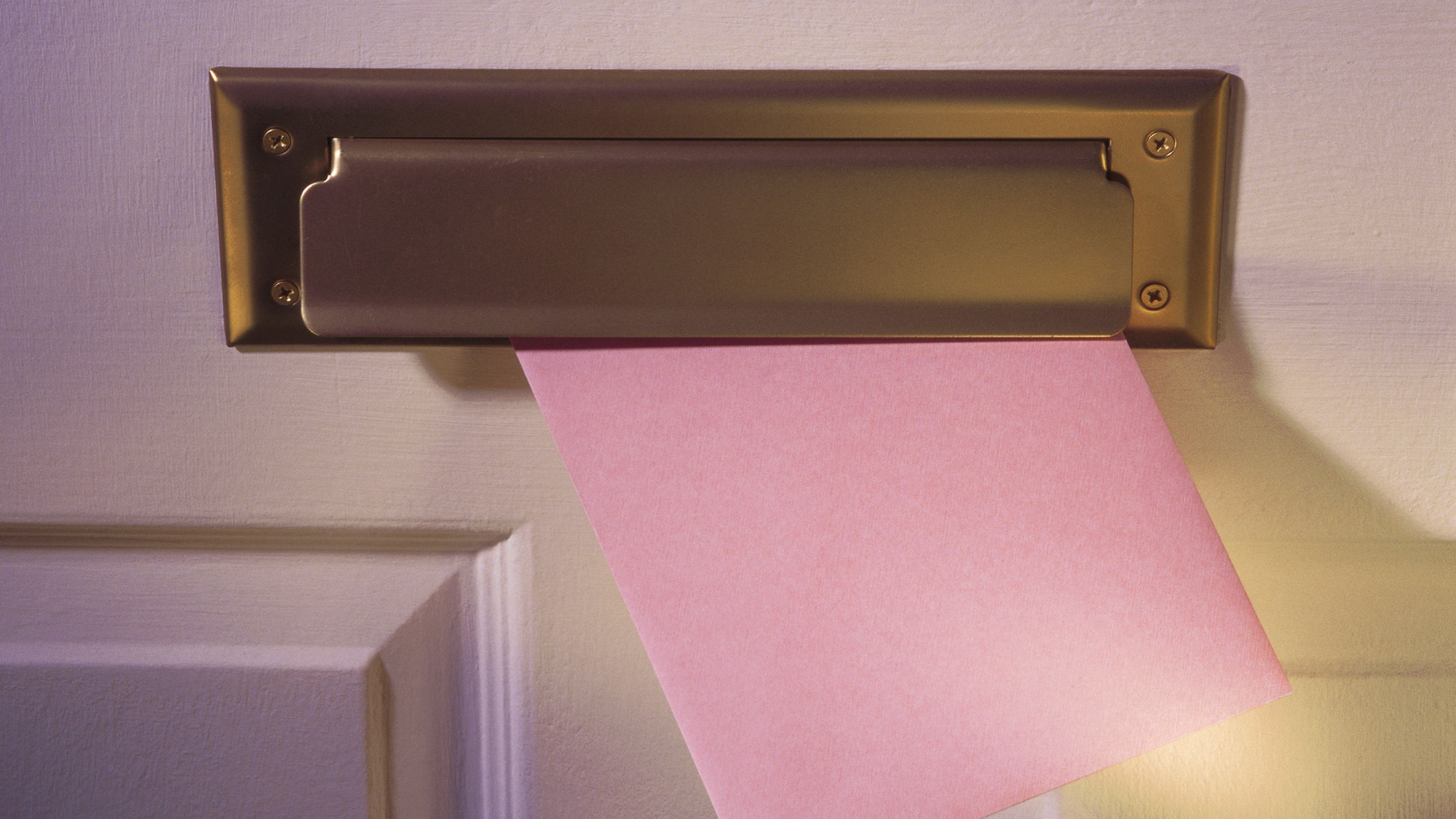
Although we now receive most of our mail electronically, if you have a slot in your door, rather than a mailbox outside your house, it’s a prime area for draughts. But, as Calvert says, it's often an area that is overlooked.
"Installing a new letter plate with a dedicated flap or brush can prevent heat from escaping and reduce the unwanted extra noise," he suggests.
Hopefully, with all these 5 things in place, you won't feel the chill as the winter arrives.
More from Tom's Guide
- Discover how to protect a garden hose from freezing temperatures
- And 5 smart gadgets to stay toasty and save energy this winter
- Plus, 5 tips to keep your house warm without turning up the thermostat

Camilla is the Homes Staff Writer and covers everything to do with homes and gardens. She has a wealth of editorial experience, mounting over 30 years, and covers news and features, tests products for reviews and compiles buying guides.
Her work has appeared in business and consumer titles, including Ideal Home, Real Homes, House Beautiful, Homebuilding & Renovation, and Kitchen & Bathroom Business. She’s even appeared on the cover of Your Home, writing about her own house renovation.
Although she’s obsessed with decorating her home, she also enjoys baking and trying out the latest kitchen appliances. But when she’s not inside, you’ll find her pottering about in her yard, tending to her vegetable patch or taking in her prized hydrangeas.
